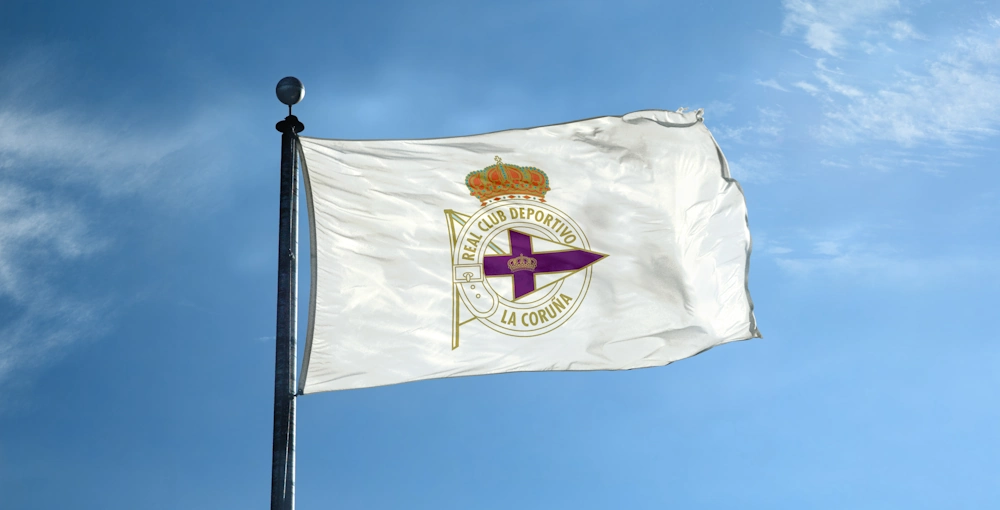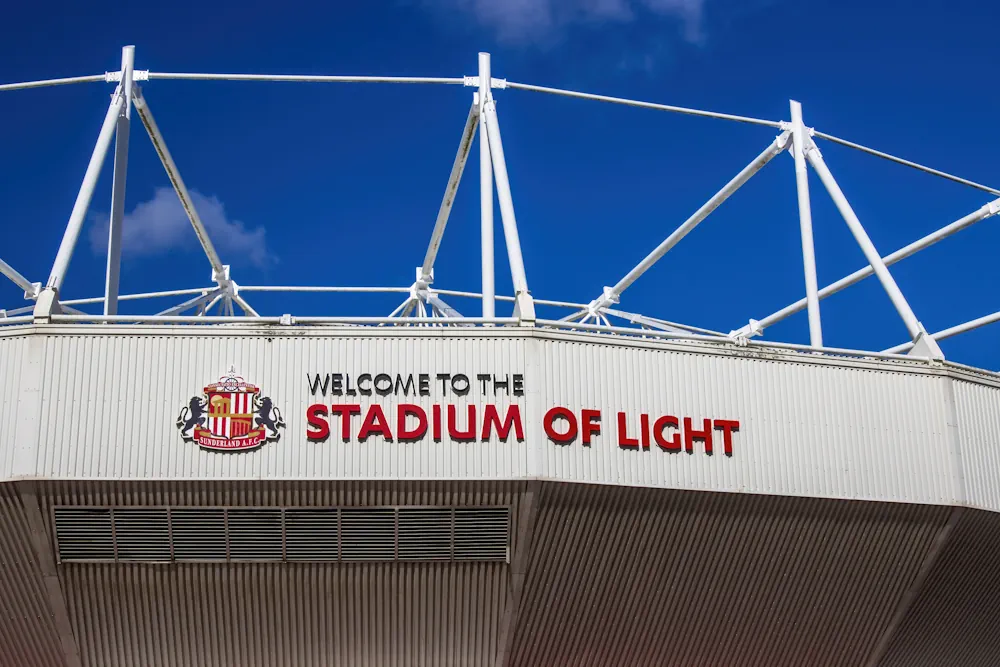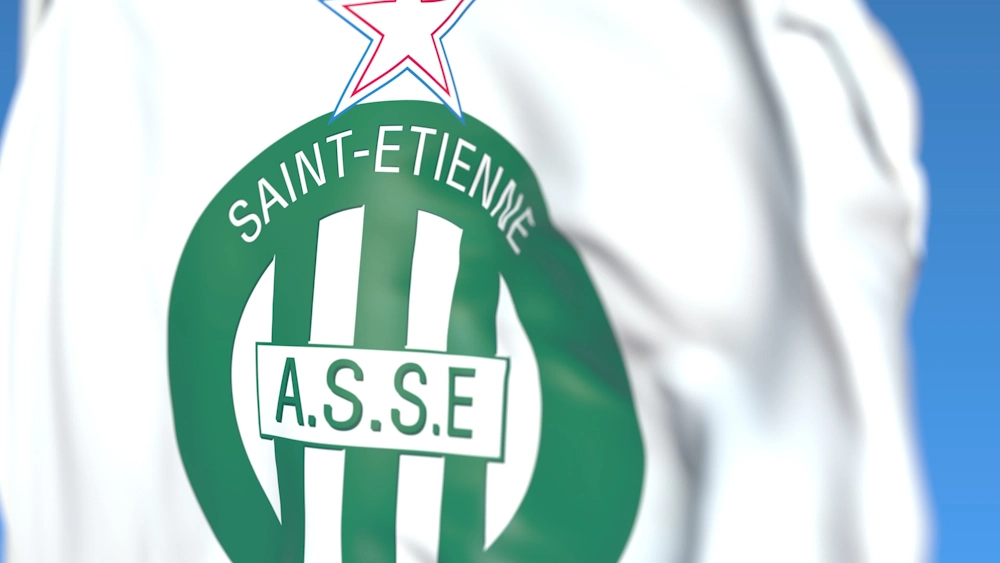Great league champions now in lower divisions
The world of football tends to be something oscillating, sometimes it can go well for you and other times it can go badly for you. When we talk about the history of clubs, at this point we are talking about entities with more than a century of existence, so they have had very good moments and not so good moments.In today's article there is going to be a look at clubs that have won more leagues in their respective countries that are not currently playing in the top tier. Some cases may come as a surprise since they are little-known names today but who were great champions at the time. For this article, there was the condition of picking just one team from the main leagues in the world.

RC Deportivo de la Coruña (Spain)
In Spain, of the nine teams that have won La Liga, only Deportivo La Coruña is the only one that is not competing in the top tier of Spanish football. The Galician club is the most important in its region (Galicia) along with Celta Vigo, whose foundation dates back to 1906. The team spent much of its history between the first and second tier of Spain without winning any major title, this until the arrival of Augusto Cesar Lendoiro to the presidency of the club in 1988.There began a golden era for the club that not only consolidated itself at the highest level of Spanish football but also managed to become champion in the 1999-2000 season in addition to winning a pair of Copas del Rey and three Spanish Super Cups. That team was known as Super Depor and had some illustrious names such as Mauro Silva, Bebetoor Valeron to name a few, in addition to Javier Irureta on the bench.
In the 2010-11 season, after 20 years in the top tier and after many problems, it finished in 18th place and sealed its relegation. They had a brief return in 2012-13 although the joy would only last that year as they would be relegated again and to date, the decline continued to the point that they are competing in the First Division RFEF (third tier of Spanish football).
FC Pro Vercelli 1892 (Italy)
In the case of Pro Vercelli, the current entity was refounded in 2010, after the disappearance of the original institution that was founded in 1892 due to the accumulation of debts that it could not pay. Pro Vercelli was one of the main teams at the beginning of Italian football, winning 7 leagues between 1908 and 1922. As a curiosity, in 1907, Le Bianche Casacche had already won the Seconda Categoria (second tier of Italian football at that time).The growth of Italian football, which became increasingly professional and the appearance of teams from larger regions such as Milan or Turin, gradually displaced Pro Vercelli. It would be in 1935, the last time the club was in the first tier, beginning a slow and progressive decline that led it to play in Serie D (fourth tier) on several occasions. Currently, they are playing in Serie C.

Sunderland AFC (England)
Sunderland is a similar case to that of Pro Vercelli since their period of success was between the end of the 19th century and the beginning of the 20th century, winning the 6 leagues they have in their showcases between 1892 and 1936. Unlike the Italian club, Sunderland It was a regular participant in the English first tier throughout its 145-year history.In the 2010s, he was playing in the Premier League although he was fighting to avoid relegation, affected by changes in ownership, on the board and on the bench. Finally, in 2016-17, Sunderland would drop to the Championship and just one season later, they would drop to League One. The Black Cats are currently playing in the Championship.

AS Saint-Étienne (France)
Les Verts, as Saint-Étienne are nicknamed, are a particular case since we are talking about the second team with the most league trophies in France, only surpassed by PSG, thanks to the recent hegemony of the Parisians. In fact, until 2022, Saint-Etienne was the top winner of Ligue 1. It is another century-old club that, unlike the previous ones, did not have a single era of success since its 10 titles were distributed between the 50s and 60s, 70s and early 80s.The club once had illustrious names such as Michel Platini or Georges Bereta and for a long time it was the team to beat in France. In 1982, after winning their tenth league, an illicit money scandal was uncovered that ended up affecting club directors and mainly the president, Roger Rocher, who had been behind the club's best historical era. From there the club began to decline, with several relegations to Ligue 2, the last in 2022-23.
1. FC Nürnberg (Germany)
It is clear to the vast majority that Bayern Munich is the absolute dominant team in Germany. However, the second biggest winner, considering the entire history of German football, is Nürnberg. The club had its best moment prior to the birth of the Bundesliga (1963), where it won 8 of its 9 league titles, only having won in the 1967-68 season, its only league in the Bundesliga era.In the season that followed their last win, coach Max Merkel, who had already led the team to win the league, decided to make a sudden change in the squad, replacing several of the champion players with much younger players, considering the former very "veterans". This had an opposite impact than expected, leading the team to be relegated, something from which they had a hard time recovering.
From there, the club fell into an irregularity that could have it in the Bundesliga as well as in the second tier, even playing in the third tier. After relegation in 2020, the club has remained in the 2. Bundesliga.
